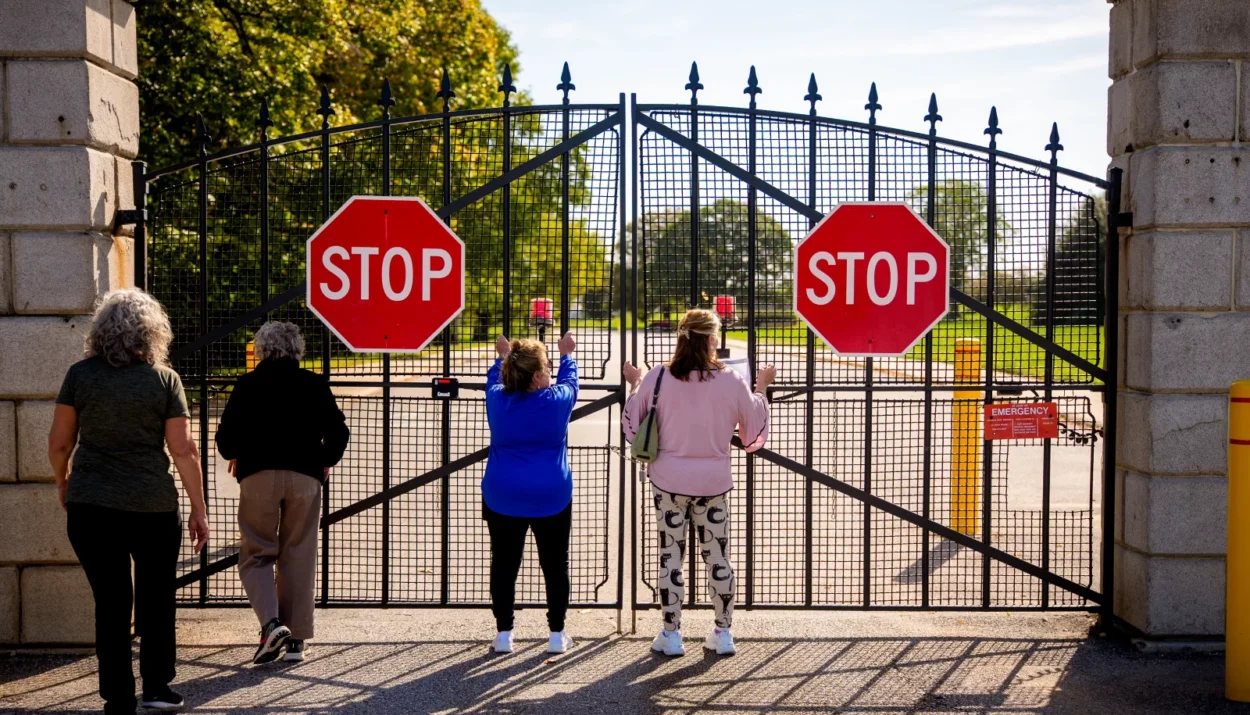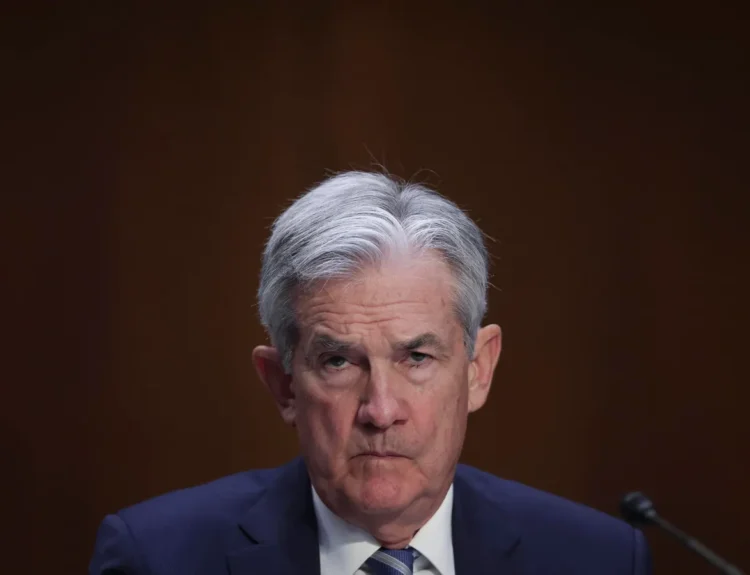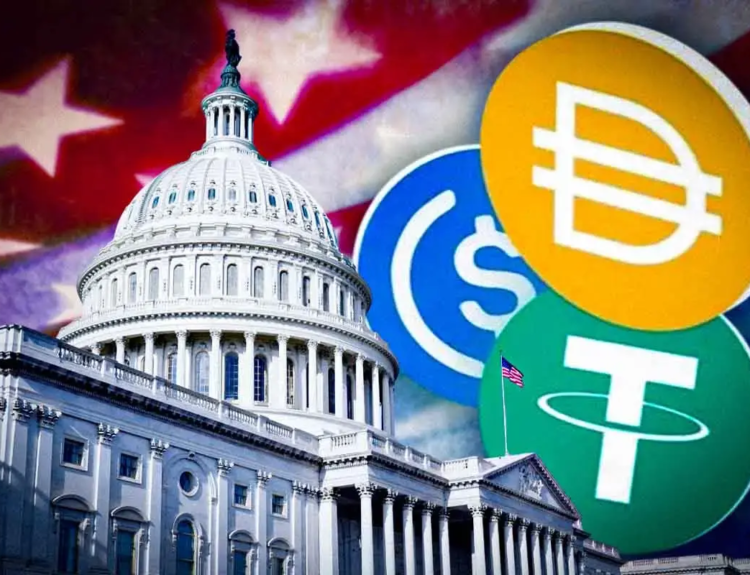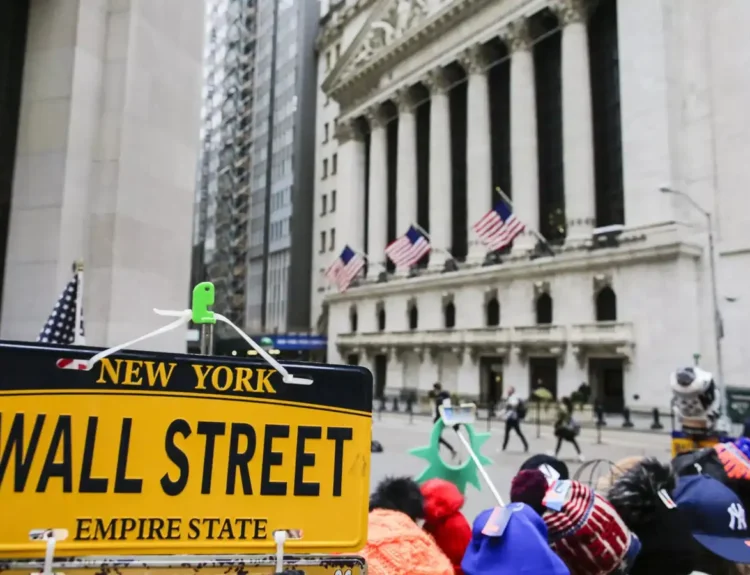The US government shutdown has entered its second week after the Senate rejected both Republican and Democratic stopgap funding bills on Monday, deepening the political stalemate in Washington.
The chamber voted 52–42 against the GOP’s “clean” funding bill, which would have kept the government open until late November at Biden-era spending levels. Democrats blocked it for a fifth time, demanding the inclusion of Affordable Care Act (ACA) premium tax credit extensions, set to expire at year’s end.
Three senators — Catherine Cortez Masto (D-NV), Angus King (I-ME), and John Fetterman (D-PA) — again crossed party lines to support the GOP measure, but the bill fell short of the 60 votes needed to advance. The Democratic-led counterproposal, which included healthcare provisions, also failed along strict party lines.
Trump Signals Openness to Deal
President Donald Trump hinted at a possible compromise with Democrats on ACA subsidies, telling reporters, “We have a negotiation going on right now that could lead to very good things with regard to healthcare.”
However, Democratic leaders swiftly denied that talks were underway. Senate Minority Leader Chuck Schumer responded: “Trump’s claim isn’t true — but if he’s finally ready to work with Democrats, we’ll be at the table.”
The standoff has left hundreds of thousands of federal workers and service members unpaid, with national parks shuttered, federal agencies slowed, and social programs facing mounting strain.
Shutdown’s Real-World Fallout
According to NPR, non-essential federal services remain suspended, and about 750,000 federal employees are being furloughed each day. Active-duty military members continue working without pay.
Key impacts include:


- WIC & SNAP: Food assistance programs are nearing crisis. WIC funds could run out within two weeks, though SNAP (food stamps) remains funded through October.
- IRS & Education: The IRS can operate for five business days after a lapse in funding — that deadline expires Tuesday. 87% of Department of Education staff have been furloughed, and the administration faces lawsuits after inserting political language into workers’ out-of-office messages.
- National Parks: Many remain open without staff oversight, raising safety concerns. Some sites have already reported vandalism.
- Air Travel: TSA and air traffic controllers continue working, but prolonged delays or absences could disrupt operations — similar to the 2018 shutdown that caused mass flight delays.
- Mail Service: USPS remains fully operational, as it is self-funded.
“Who Blinks First” Politics
Democrats insist any temporary spending deal must include ACA subsidy extensions. Republicans argue that Democrats are holding the government hostage for political gain.
Senate Majority Leader John Thune (R-SD) accused Democrats of playing to their base: “I highly doubt they’re earning a lot of points with everyday hardworking Americans.”
Meanwhile, House Speaker Mike Johnson (R-LA) has sent House members home, saying the chamber won’t reconvene until the Senate acts: “We need Chuck Schumer to reopen the government — as soon as he does that, we’ll bring everybody back.”
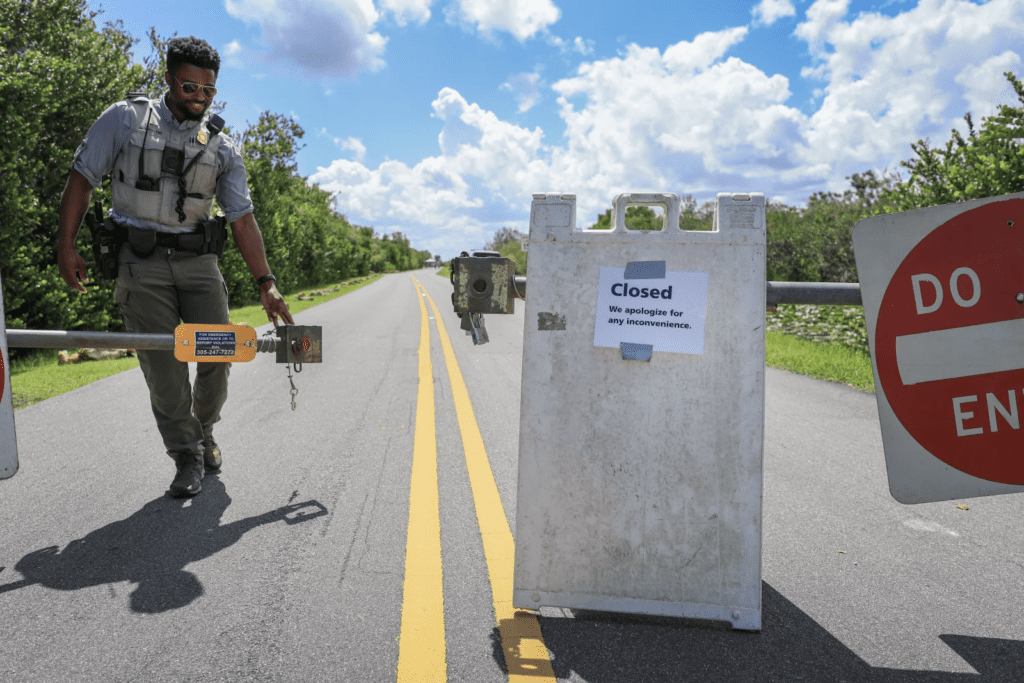

Outlook: No End in Sight
The Senate is expected to vote again later this week, though prospects for a deal remain dim. With neither party willing to back down, the shutdown — now entering Day 7 — risks dragging into mid-October.
The last US government shutdown, in 2018–2019, lasted 35 days, the longest in history. Unless negotiations restart soon, this one could rival it — and test Washington’s ability to govern amid growing polarization.
The US government shutdown shows no sign of ending as health policy disputes stall Congress. With economic and social impacts mounting daily, both parties are digging in — and Americans are left paying the price.


